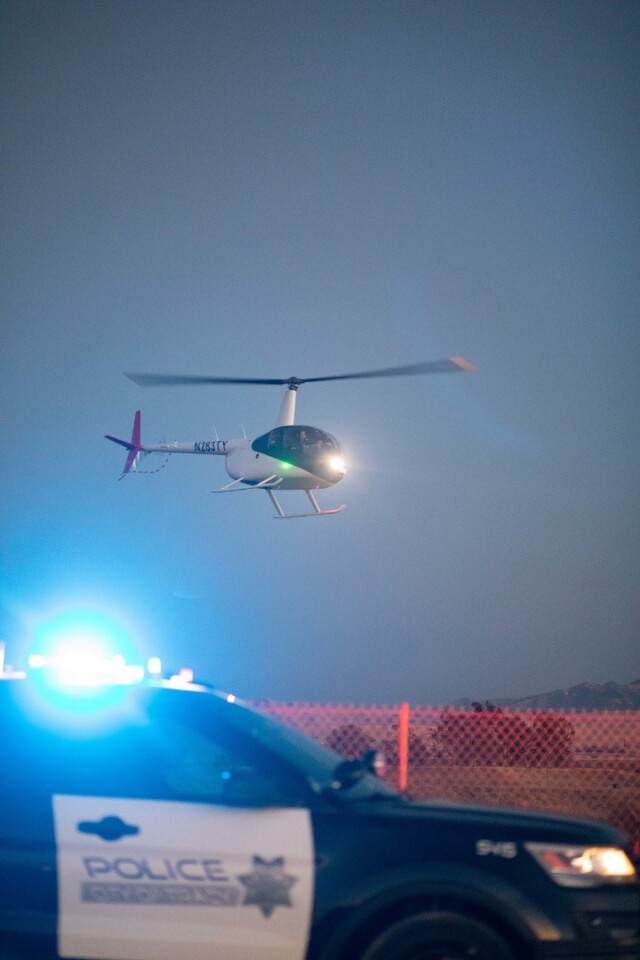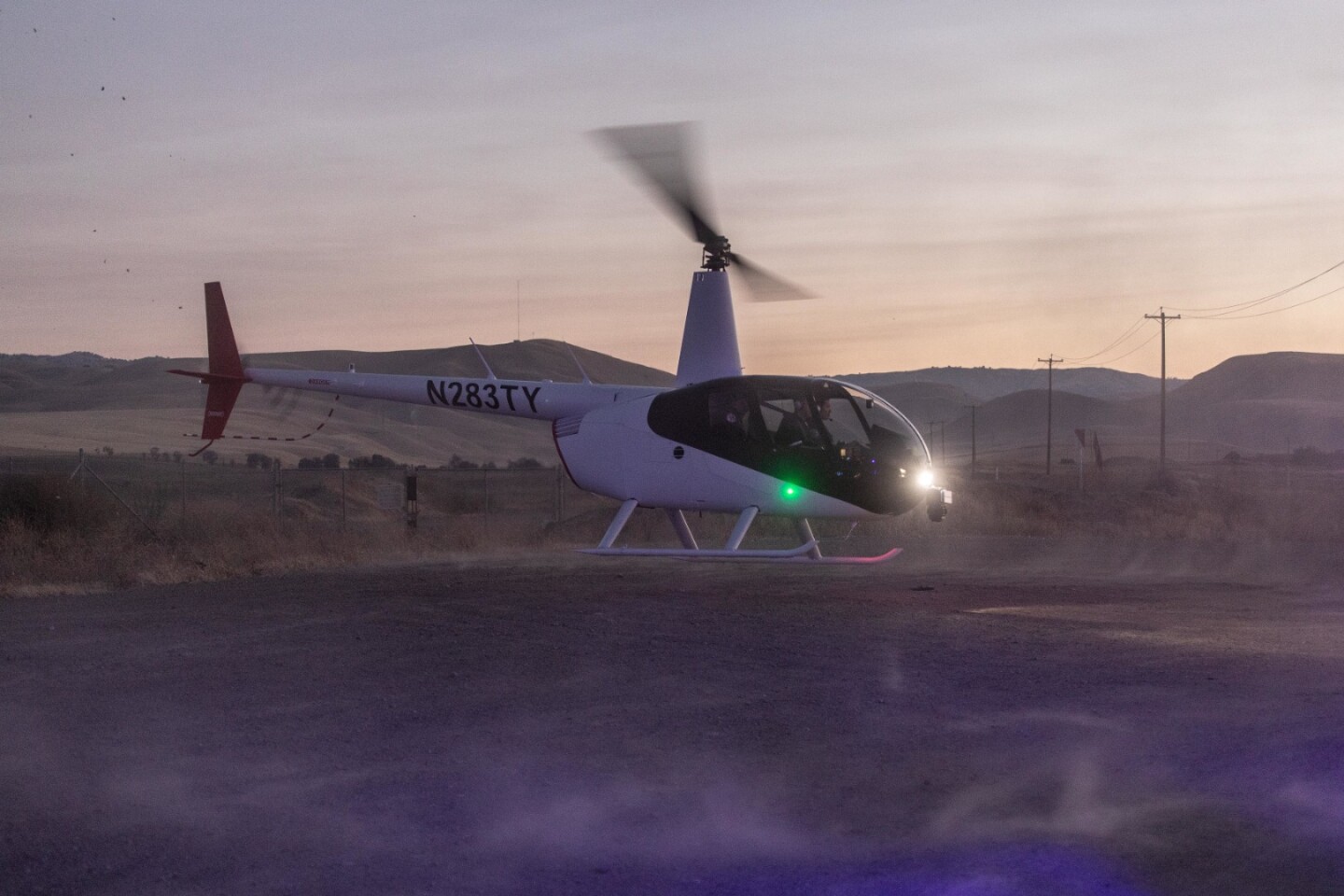Self-flying helicopter designs are a dime a dozen at the moment, but actually realizing this technology is still a ways off. A California-based startup is taking a page from the automotive industry to hurry things along and has already found a practical application. Air mobility company SkyRyse has developed an assisted-flight technology for first-responders that will be used to speed up air emergency systems in the town of Tracy, California, beginning in January of next year.
Self-flying aircraft are a bit like self-driving cars – the idea sounds brilliant, but how long it be before they're really practical and what will they look like when they arrive? The answer to the first question is, that depends. As to the second, they're already here (sort of), but you just don't recognize them.
The thing is, autonomous vehicles – whether on the air or on the ground – are complex machines made up of many different systems and subsystems that have to take up the slack when the human operator is taken out of the loop. This means that a practical self-driving anything isn't likely to suddenly show up as a full-blown achievement, but gradually.

That is exactly what we're seeing in cars. Yes, there have been any number of autonomous cars and lorries on the road in recent years in various experimental forms, but we've also seen increasing sophisticated driver assist features to take over the tedious tasks of parking, keeping a constant speed, staying in the proper lane, and avoiding pedestrians to mention a few. In fact, there's one school of thought that says that when the first true self-drive car hits the showroom, we're all going to be very disappointed because it won't be that different from the ones we'll already be driving.
This is apparently the thinking behind SkyRyse. Yes, a self-flying helicopter would be jolly nice, but why wait for the whole package? Why not develop pilot assist technology now? To this end, the company, which has secured US$25 million in seed money, has developed its Advanced Pilot Assistance System (APAS). This system is designed to reduce human error and can work with any US FAA-approved Vertical TakeOff and Landing (VTOL) aircraft.
According to SkyRyse, the APAS uses an extensive array of vision and sensing technologies that improve situational awareness while lowering the pilots routine workload. It does this by pairing the sensor data with an intelligent algorithm to automate, adapt, and enhance aircraft control systems.

Currently, the company is focusing on its Air Emergency Response service that is available to state and local governments to speed up response times by rescuers, law enforcement, and firefighters by a factor of four.
"Every year, billions of hours are wasted in traffic and spent following inefficient travel corridors, taxing our well-being and economic productivity," says Mark Groden, CEO and co-founder of SkyRyse. "We are building an air transportation service that is not limited by today's infrastructure. Because the stakes are highest in emergency response situations when minutes can mean the difference between life and death, we're launching SkyRyse Emergency Response to support governments and municipalities first, with plans to change how we get around our cities in the future."
The video below introduces SkyRyse.
Source: SkyRyse










